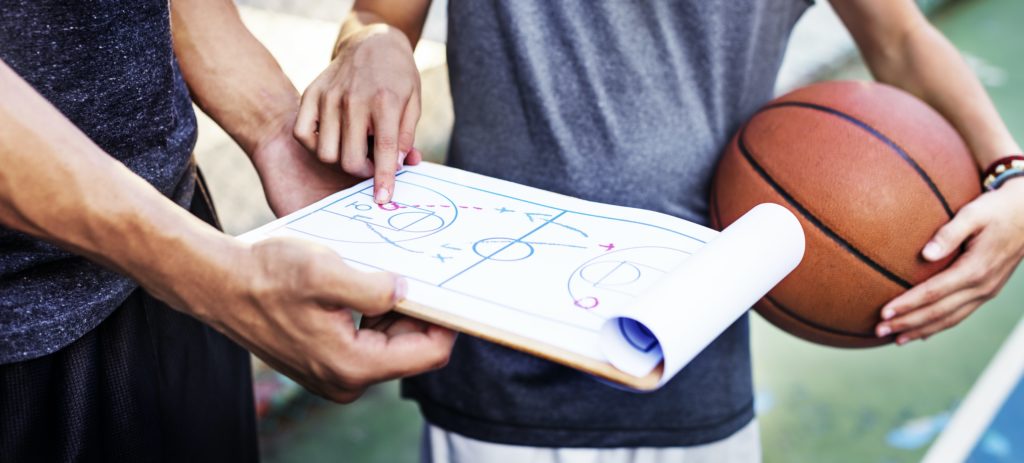Coaching, training and sports has had to adapt to the new environment of COVID-19. While the pandemic is far from over, clubs are starting to re-open again with restricted measures in place to keep our athletes, coaches and communities safe. Here are a few tips on how to coach safely during COVID-19:
1. Use virtual platforms where possible
One of the best ways to protect yourself and your team is to coach virtually. Using platforms like Zoom, Skype, Google Hangouts (and there’s plenty more!) are a great way to connect with your athletes without face-to-face interactions. Depending on your sport, it may be difficult to train virtually, however, it could be a good time to focus on analysing technique and performance.
The Sprongo AI Video Analysis Platform allows for automated angle analysis of movement to help you review athlete performance in detail. Simply get your athlete’s to video themselves playing their sport, and you can analyse it with ease, sharing commentary through virtual training sessions. Where traditional training is not possible, focusing on individual athlete performance like this can be extremely beneficial.
2. Keep your distance
While this may be an obvious point, it is important to remember to maintain social distancing to coach safely during COVID-19. Of course, there are a number of sports that require closeness between players making social distancing more difficult. However, play can be modified to safely increase distance between players.
For example, you can focus on building your team’s individual skills rather than competition style training. Limiting the time players spend close to each other can be reduced by only playing full contact in game-time situations.
3. Limit team numbers
Split your teams into small groups with dedicated coaches and avoid mixing groups as much as possible. This will help reduce the potential of spread to more people. Drills could be managed by having each small group at separate stations, rather than switching or mixing groups. You can also stagger coaching times to reduce contact between different groups.
4. Make sure you have safety equipment
Keep masks, hand sanitiser and gloves on hand and educate your athletes about the importance of wearing masks. It is especially important to wear them when social distancing is difficult or not possible.
Regular hand washing should also be encouraged. However, if hand washing facilities are not available, ensure you have an adequate supply of hand sanitiser to maintain hygiene practices.
5. Clean and disinfect equipment
Minimize sharing of sports equipment as much as possible. If your sport requires shared use of equipment, ensure it is regularly cleaned between use. You can also limit the use of supplies and equipment to one group of players at a time, however cleaning of equipment must still be done regularly.
For more guidelines on how to coach safely during COVID-19, see our summary of the CDC guidelines or visit the CDC website.


